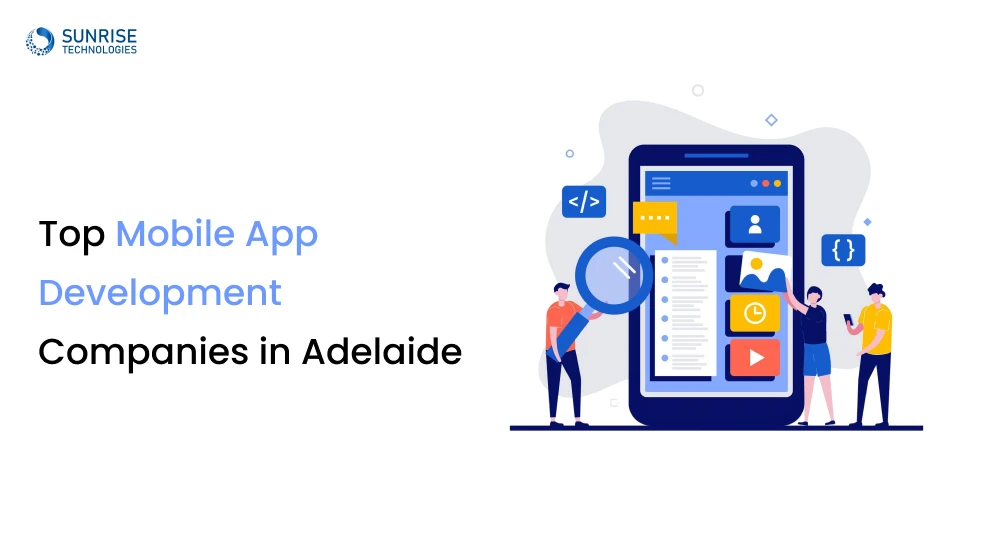

Plan Your Software Roadmap
Book a strategy session with our experts to map out the ideal software solution for your business needs.
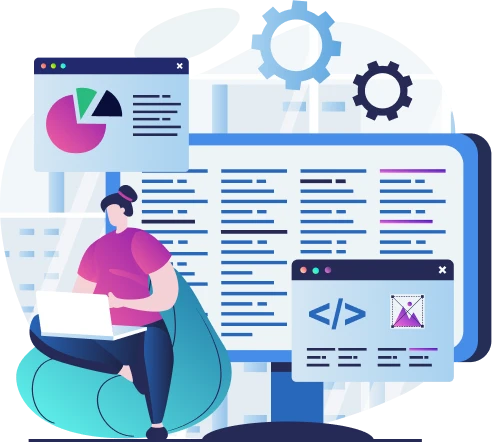
Feb 24, 2025
Nowadays, the software stretches and allows the various work processes in different sectors to flow smoothly, with improved efficiency and enhanced customer experience. If the requirement is for a custom application to mechanize processes or a web platform to enable engagement with the users, software to meet your business requirements is a necessity. This guide covers the entire process of software development-from ideation to deployment so you can make sound decisions along the way.

Explore a live demo to understand how custom software can streamline your operations—no obligation.
First, an analysis of business problems and goals should be performed, before software design and dev begin. Specify the features and functionalities, which will help to arm your software with solutions to problems facing your business. The principal questions in this regard are:
Grasping these factors will let you have a roadmap, allowing you to steer clear of wasteful spending.
A solid plan ensures the development stays on its course, minimizing the risks. Here are the points to focus on:
Strategically planning helps to streamline the development process and ensures that your software is meeting the business needs.

Book a strategy session with our experts to map out the ideal software solution for your business needs.
The kind of development methodology selected by your team will determine that project’s ultimate success. Two of the more common styles are:
The other important aspect is in-house development versus outsourcing. Though in-house teams allow a high level of control, outsourcing with a competent firm will save time and cost.
MVP refers to Minimum Viable Product; by early stage, it options enable an application to launch a core version of its software. The strategy stands to:
Generally, an MVP focuses on critical components, avoiding unnecessary frills, which translates into accelerated time to market and better returns on investment.
Numerous stages characterize the development process, each crucial to the development of a functional, user-friendly application:
Structured implementations therefore are oriented towards high efficiency and user-friendly experiences.
Get tailored insights into software architecture, scalability, and integrations—on us.
We may thus define software deployment as the setting up of hosting environments, launching of the application, and securing it all after development has come to an end. After the launch, the service is maintained to:
Costs for software development vary, being normally affected by aspects such as project complexity, the technology stack, or time for development. Our Budget Calculator accepts user inputs on project requirements to arrive at an estimate of costs, thus allowing for better financial planning. The models for pricing-fixed price, hourly rate, or project-based-are helpful in making an informed cost decision.
Choosing a software development agency that is capable and reliable is important to the successful completion of a project. Some of the things to consider are:
To know about some of the successful projects delivered, check our portfolio. Being experienced, our team guarantees quality software solutions customized to meet your business needs.
The software industry keeps on changing rapidly. Trends keep influencing various developmental strategic processes. The recent trends:
Keeping in step with these trends lets a company’s businesses compete certainly in a dynamic digital atmosphere.
Get an accurate cost breakdown for developing custom software that fits your business requirements.
For SaaS founders targeting Australian small and medium businesses, understanding your return on investment (ROI) timeline is critical for financial planning and product strategy.
Most SaaS platforms begin to see meaningful ROI within 12 to 24 months post-launch. This depends on key factors like:
At Sunrise Technologies, we work closely with SaaS founders to:
Pro tip: Many of our Australian SaaS clients reach break-even in under 18 months by combining smart tech decisions with focused customer targeting.
A business software project requires thorough planning, careful implementation, and precise selection of development partners. The success of the project depends upon whether it is a sophisticated Enterprise solution or a simple application, all dictated by the right approach.
At Sunrise Technologies, we focus on MVP software development, allowing businesses to test ideas quickly and efficiently. Our expert team provides high-quality solutions based on your exact requirements. View our Portfolio and use the Budget Calculator to plan your next software development project with confidence. Are you in need of assistance for software development procedures?
Sam is a chartered professional engineer with over 15 years of extensive experience in the software technology space. Over the years, Sam has held the position of Chief Technology Consultant for tech companies both in Australia and abroad before establishing his own software consulting firm in Sydney, Australia. In his current role, he manages a large team of developers and engineers across Australia and internationally, dedicated to delivering the best in software technology.
It depends on your target market and growth plans. Multi-tenancy allows a single app instance to serve multiple customers securely and efficiently, which is essential for scalability and cost savings in large SaaS products. However, if you’re launching an MVP or targeting a small user base initially, a single-tenant architecture might be simpler and faster to develop. Sunrise Technologies advises startups based on their business goals to choose the right approach that balances speed, security, and scalability.


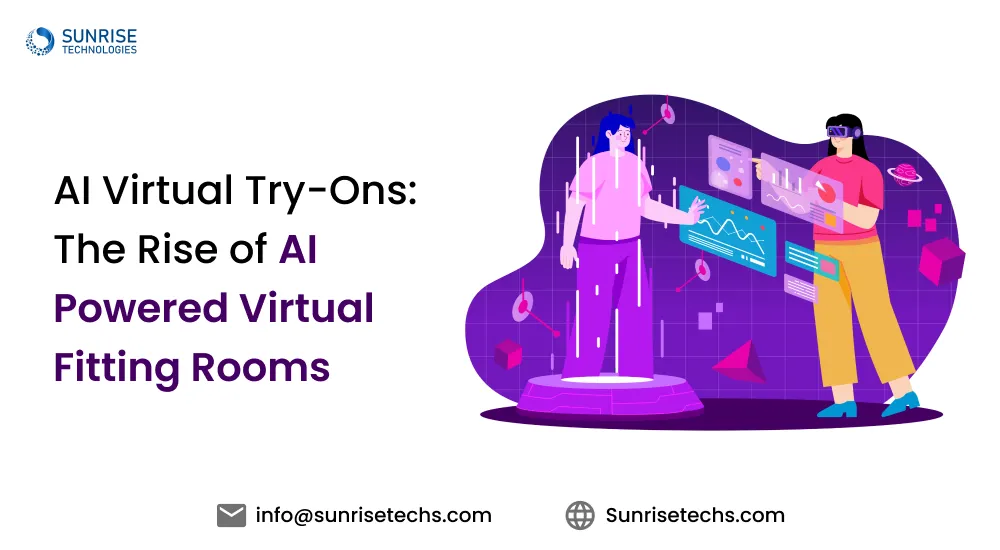

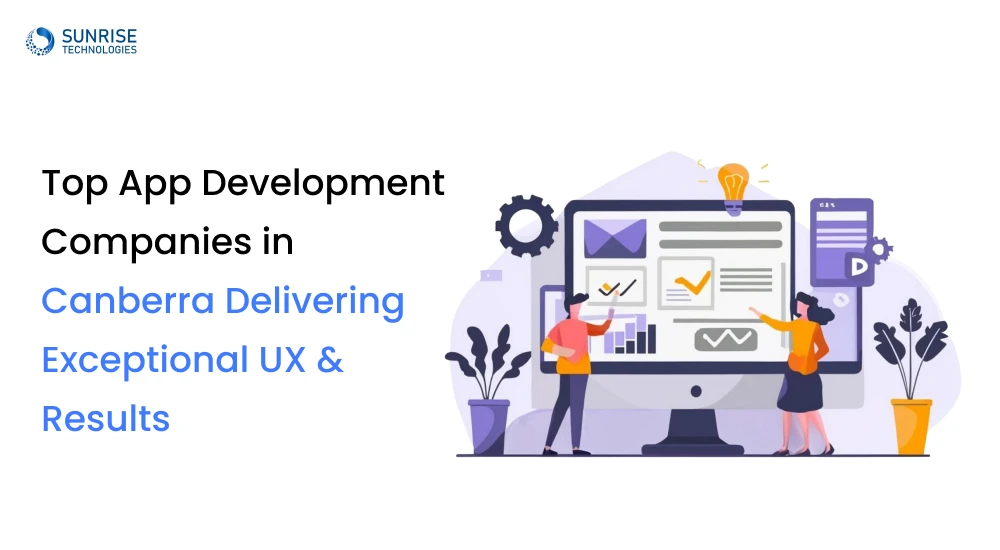
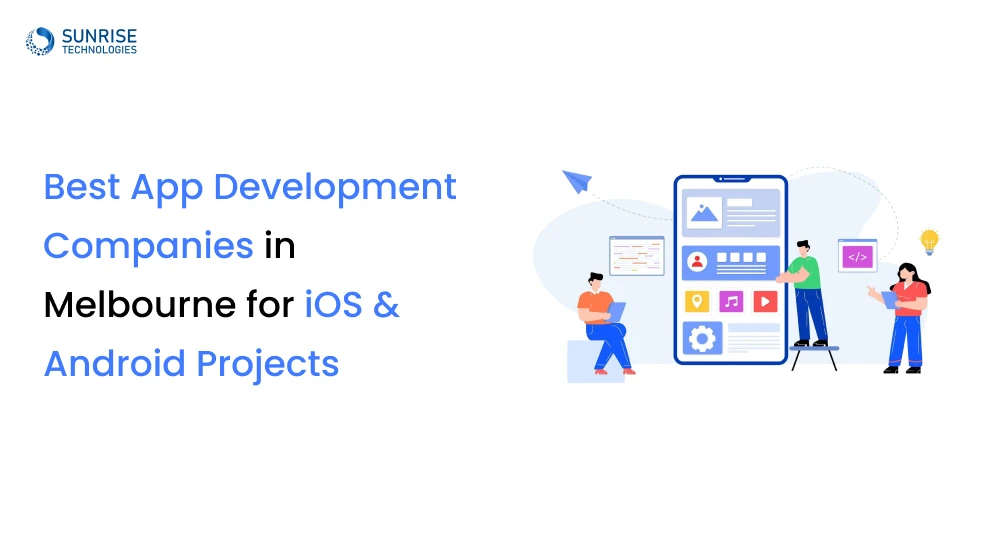
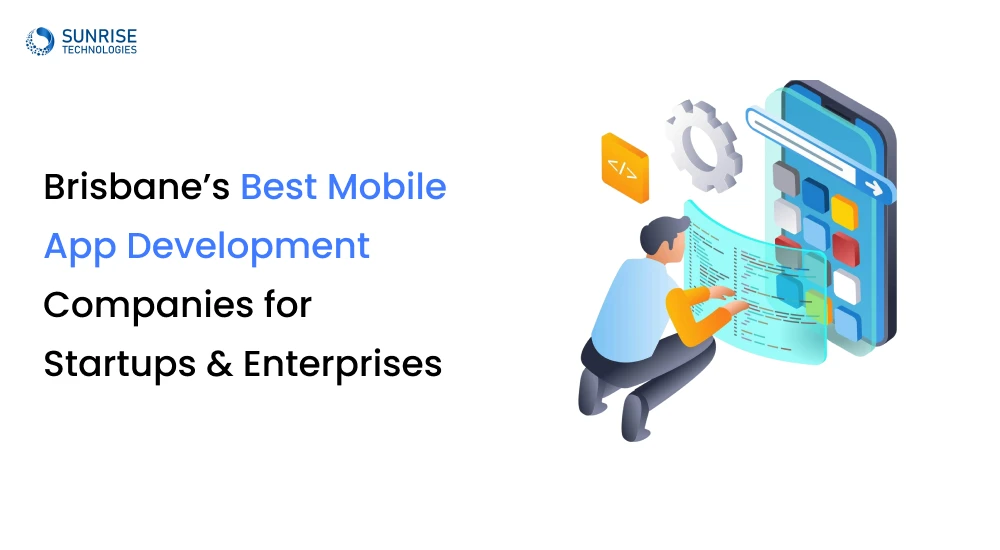
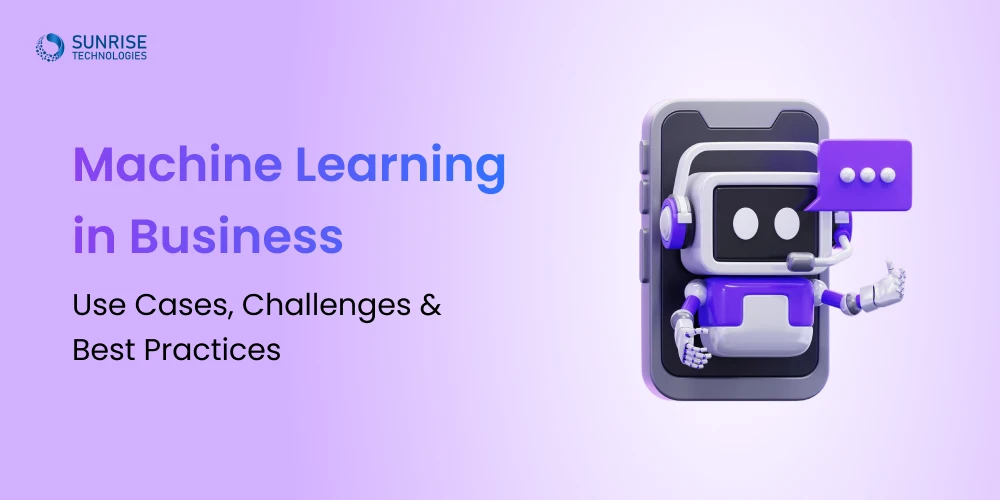

Cloud Based Project Management Platform
Read the challenges we faced and how we helped
View Case StudyYou cannot copy content of this page
Book a personalized demo to discover how our software products have helped 200+ customers streamline operations and enhance efficiency.
Have questions about software development process? Join us for a complimentary consultation.